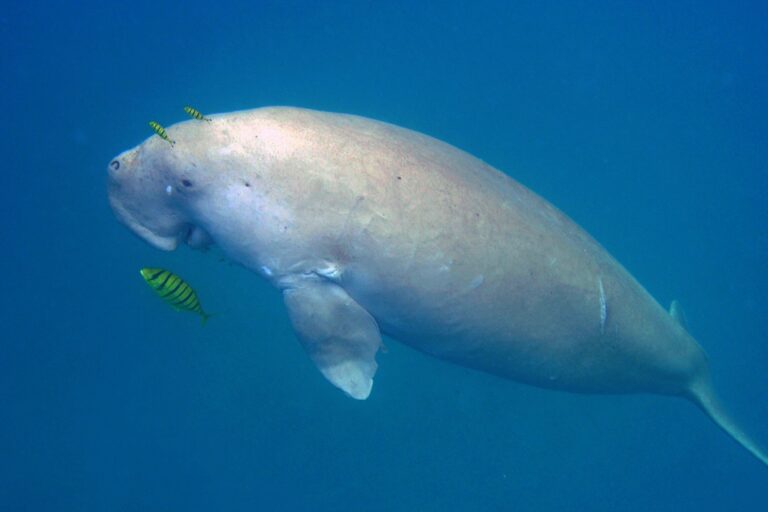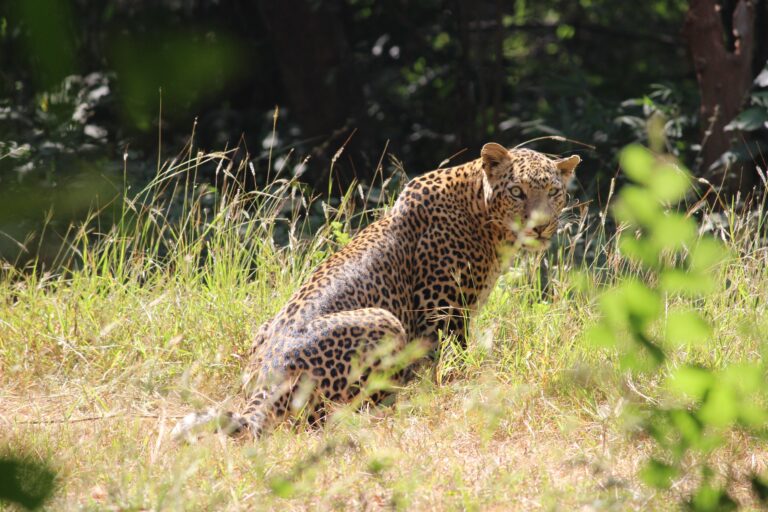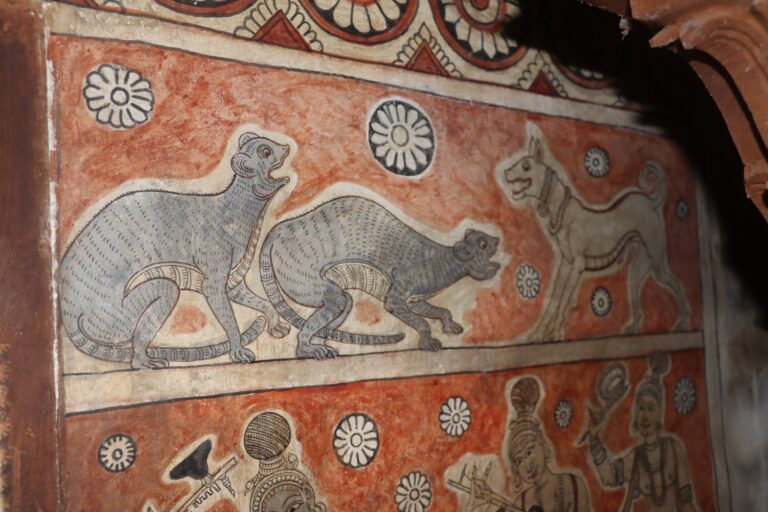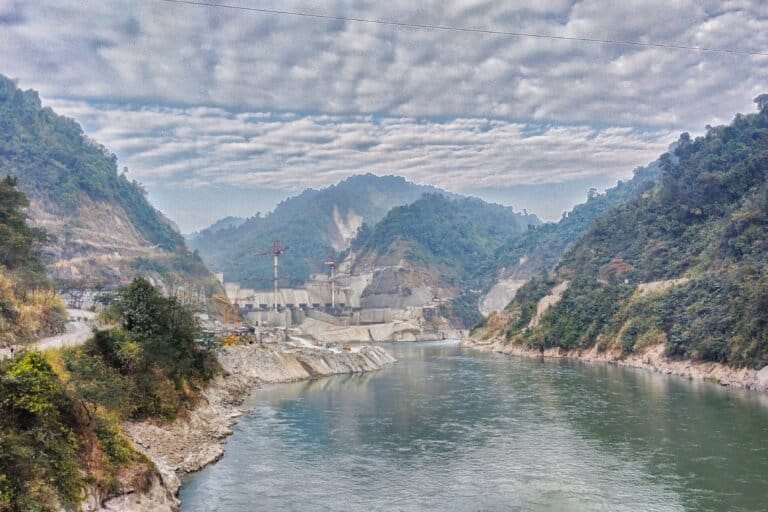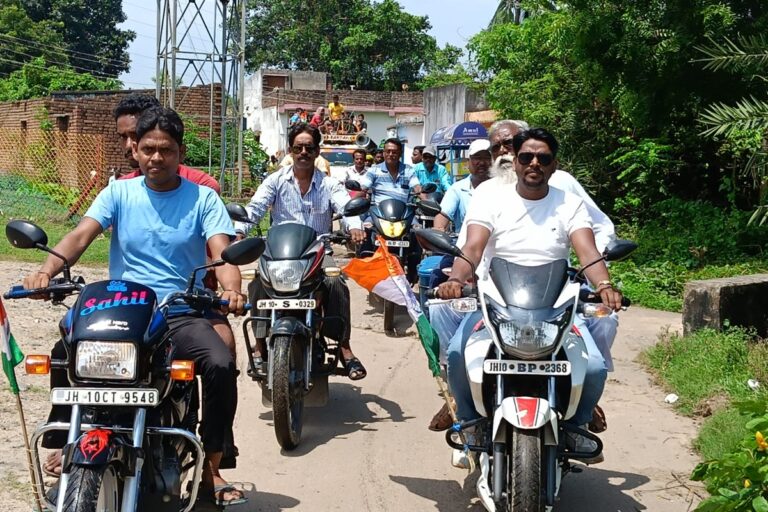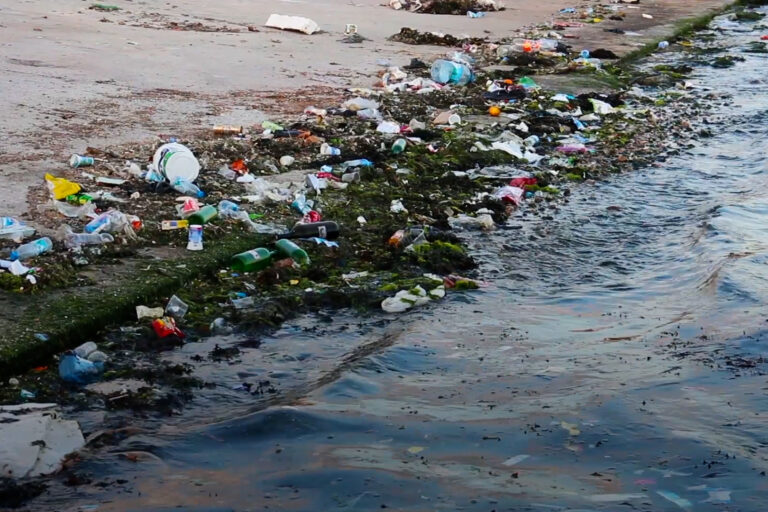- Three monitoring committees have been set up to oversee that the Great Nicobar development project complies with the conditions of the Environment Clearance granted to it.
- Wildlife institutes in charge of developing conservation plans have said two years of field study are required.
- Conservation plans are expected to cover a 30-year period.
Monitoring committees formed to overlook biodiversity conservation efforts, tribal welfare, and pollution resulting from the “holistic development” of the Great Nicobar island have begun their deliberations in preparation of the project, documents made public by the project developer show.
The controversial development of the Great Nicobar island, part of the Andaman and Nicobar Islands, will see the establishment of an international trans-shipment container terminal, a dual military and civil use airport, township, and solar and gas-based power plant on the remote island, which is a UNESCO-recognised biosphere. Environmentalists, scientists, and former bureaucrats have publicly opposed the project, which will lead to the felling of nearly a million trees in the rainforest.
Environment clearance was awarded to the project in November 2022, with a litany of conditions attached to mitigate impacts on endemic species and indigenous tribal groups residing on the island. The EC stipulated three committees be set up to oversee the project’s environmental management plan and “advise further on [the plan’s] implementation.”
According to documents published by the project developer, the Andaman and Nicobar Islands Integrated Development Corporation Limited (ANIIDCO), the committees held their first joint meeting in April 2024 after being constituted in 2023. As per the minutes of the meetings, Rs. 88.69 crores (Rs. 886 million) has been sanctioned by the Ministry of Home Affairs for the preparation of conservation plans over the next year. In total, conservation, managing pollution, and tribal welfare are projected to cost Rs. 9162.22 crore over 30 years.

Wildlife institutes ask for two years of field study
In Parliament, Union Minister of Environment, Forests and Climate Change, Bhupender Yadav, had said that the development of Great Nicobar was proceeding after taking due approvals.
“Several studies were conducted to carry out the environmental impact assessment [of the project], and studies regarding their consequent mitigation measures were undertaken by the top statutory and non-statutory bodies like Zoological Survey of India (ZSI), Salim Ali Centre for Ornithology and Natural History (SACON), the Wildlife Institute of India (WII), Indian Institute for Science (IISc) as a part of the preparation of Environmental Impact Assessment/Environmental Management Plan report,” Yadav said in response to a question raised in November 2024.
During the monitoring committee meetings, J. Antony Johnson, a researcher and representative of the Wildlife Institute of India, clarified that at least two years of detailed field study were required before comprehensive conservation plans could be drawn up for the leatherback sea turtles, saltwater crocodiles, and Nicobar megapodes – all likely to be impacted by the project. The Environment Clearance was granted by the Ministry in 2022 based on rapid assessment reports and research proposals by the Wildlife Institute of India and the Zoological Survey of India. The clearance acknowledges that the impact of the project on endemic flora and fauna on the island is “mostly unknown.”
Johnson’s submission was supported by representatives of the Salim Ali Centre for Ornithology and Natural History (SACON) and the Indian Institute of Forest Management, according to the minutes of the meeting, which was held in November 2024. “Accordingly, WII requested for expediting release of funds for carrying out field surveys,” read the minutes.
Funds to conduct field studies for conservation plans have been sanctioned by the Ministry of Home Affairs for the first year. The conservation plans are expected to endure for 30 years, as per the Environment Clearance, and the total cost of conservation is projected to be Rs. 2220.4 crores.
Mongabay India wrote to the chair of the biodiversity monitoring committee, the Principal Chief Conservator of Forests, (Wildlife), Sanjay Sinha, as well as ANIIDCO’s managing director Dilraj Kaur, to request more information about the powers of the monitoring committees in case of non-compliance, as well as whether the project would wait till the field studies were completed before proceeding with on ground work. There was no response at the time of publishing. Mohammed Pervaiz, ANIIDCO’s general manager for projects, declined to comment when reached over the phone.

Expression of interest in port, township development
No construction activity has started on the ground yet. In August 2024, ANIIDCO had put out an expression of interest for entities interested in conducting tree enumeration and eventual tree felling for the project, suggesting work may begin on the township in a phase-wise manner as soon as 2025.
“It is to be noted [that] Phase 1 tree felling area is 9.26 sq. km, out of which around 30% of the area would be developed for the first 5 years starting from 2025 to 2030,” reads the EOI, adding, “It is to be noted that the above phasing details are tentative and subject to review based on the finalization of Detailed Master Plan for Township. Accordingly, the tree felling area may increase after finalization of the Detailed Master Plan for Township.”
As of November 2024, the township’s master plan is still under preparation as per a presentation made by ANIIDCO to the monitoring committees.
Expressions of interest have also been sought for the transshipment port. The Ministry of Shipping notified Galathea Bay – the site for the transshipment port and a nesting site for the leatherback turtle – as a “major port” in September 2024. So far, eleven companies have expressed an interest in operating the port according to news reports.
Parts of the port are currently under dispute in the National Green Tribunal for falling under coastal zones that prohibit major development activity.
Plan for tribal welfare
Plans are also underway to set up medical facilities for the two tribal communities inhabiting the island – the Nicobarese and the Shompen. Plans include “housing plans, education, geo-fencing, and skill development,” as per the minutes.
Around 84 square kilometres of the project area falls under tribal reserve, which will need to be denotified. ANIIDCO has proposed re-notifying these reserves in other parts of the island, resulting in the “effective” denotification of 7.11 square kilometres of tribal reserve. The government has maintained that no tribes will be displaced during the project’s implementation.
Members of the tribal welfare monitoring committee “expressed satisfaction” with the tribal welfare plans drawn up by ANIIDCO, stating in a meeting held in October 2024 that it would not violate the Shompen Policy 2015, which was formulated to protect the tribe.
The Shompen are a reclusive Particularly Vulnerable Tribal Group who have remained largely uncontacted and share the island with the Nicobarese, whose ancestral habitations lie along the island’s coast.
“The plans mention costs of implementation, but the plans themselves have not yet been put out in the public domain in two years. Geo-fencing these areas is a violation of the right to free movement among the Shompen,” said a former member of the island’s tribal welfare committee, requesting anonymity. “The Shompen Policy of 2015 shows that there are Shompen habitations where the power plant is proposed, all the way to Indira point. Destroying these habitations is a direct violation of the policy.”
Read more: The first official record of animal diversity of Great Nicobar
Banner image: The Nicobar megapode is endemic to the archipelago, and listed as ‘Vulnerable’ by the IUCN Red List. It is one of the countless species that will likely by impacted by the controversial development of Great Nicobar Island. Image by Dr Jishnu via Wikimedia Commons (CC BY-SA 4.0).







